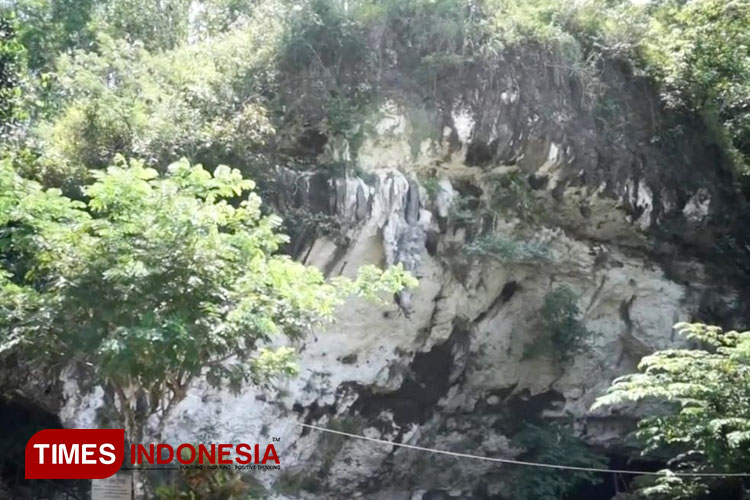Gunung Sewu, Admiring the Beauty of World Cultural Heritage

TIMESINDONESIA, JAKARTA – Nestled in the heart of East Java, Indonesia, the Gunung Sewu Pacitan region is a hidden treasure trove of natural and historical wonders. It's stretched approximately 130 kilometers from Pantai Parangtritis in the west to Teluk Pacitan in the east.
Gunung Sewu area encompasses several villages, including Wareng, Punung, Bomo, Piton in Punung sub-district, Sendang, and Sekar in Donorojo sub-district, as well as Watukarung and Candi in Pringkuku sub-district.
Advertisement
It is a unique karst mountain range characterized by a multitude of dome-shaped limestone hills, earning it the name "Gunung Sewu" or "Thousand Mountains." Geographically located to the west of Pacitan Regency, this region is a geological wonder, offering a visual spectacle of limestone formations that have been shaped by time and nature.
This region gained fame in the field of prehistoric archaeology. Thanks to the discovery of Paleolithic stone tools along the Baksoka River in 1935 by G.H.R. Von Koenigswald and M.W.F. Tweedie. The findings in the Gunung Sewu area in Pacitan included lithic tools made of stone, bone, antler, shellfish, habitation caves, and the remains of prehistoric human burials. These artifacts provide invaluable insights into the lives of ancient humans during prehistoric times.
Preserving Cultural Heritage
Recognizing the importance of the cultural heritage in this area, the Governor of East Java declared the Gunung Sewu region as a Provincial Cultural Heritage Area. It was stated through Decree No. 188/106/KPTS/013/2015 dated February 16, 2015.
To date, 53 sites have been mapped within the Gunung Sewu Cultural Heritage Area. With 13 of them verified by the East Java Cultural Heritage Preservation Office in 2011. Notable sites in the region include Song Terus, Sungai Baksoka, and Ngrijangan.
Sungai Baksoka, flowing to the east of Gunung Sewu, is renowned for its rich alluvial deposits containing Paleolithic stone artifacts, known as the Pacitanian culture.
Exploring Song Terus Cave
Song Terus, a cave located in Wareng Village, Punung sub-district, holds great importance in prehistoric research. This cave has revealed the remains of prehistoric humans who lived approximately 10,000 years ago during the Neolithic period. A museum has been constructed near the cave to showcase these historic discoveries, making it an even more intriguing destination for visitors.
Beyond habitation caves, the Gunung Sewu Cultural Heritage Area also contains workshop sites where prehistoric humans crafted stone artifacts. Stone fragments, semi-finished artifacts, and unfinished artifacts from the Neolithic period are scattered across the Ngrijangan area in Punung sub-district.
Gunung Sewu Pacitan continues to captivate scientists and history enthusiasts alike, solidifying its status as one of Indonesia's most valuable cultural heritage areas. With its rich geological formations and archaeological treasures, this region offers a unique opportunity to step back in time and explore the rich history of prehistoric Indonesia.
Whether you're a history buff or a nature lover, Gunung Sewu Pacitan is a destination that promises both awe-inspiring landscapes and a deep dive into the past. (*)
**) Ikuti berita terbaru TIMES Indonesia di Google News klik link ini dan jangan lupa di follow.
| Editor | : Khodijah Siti |
| Publisher | : Lucky Setyo Hendrawan |

